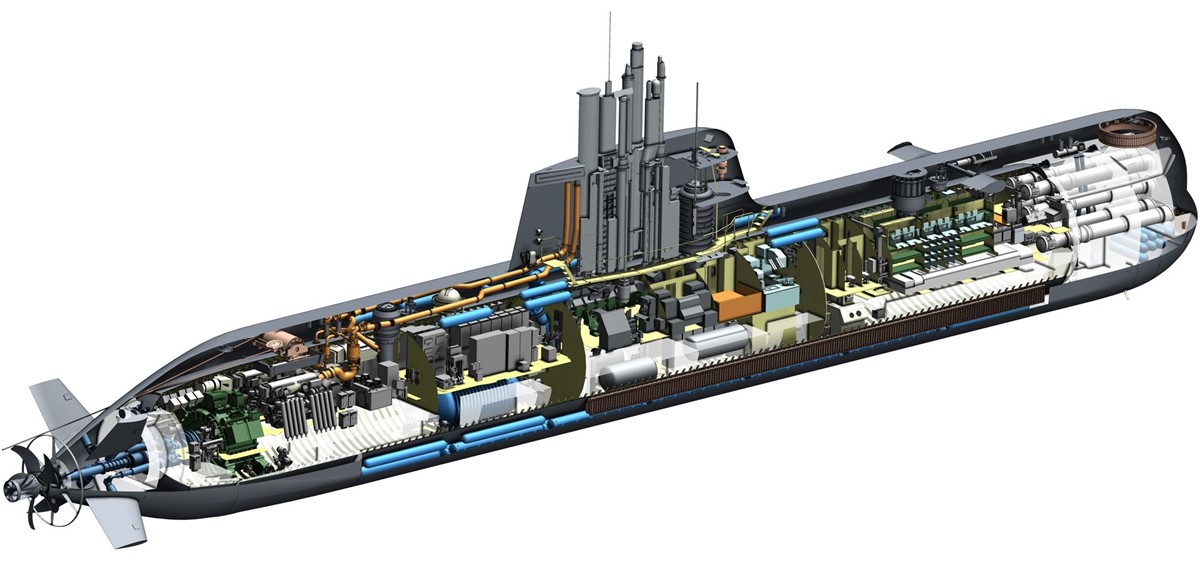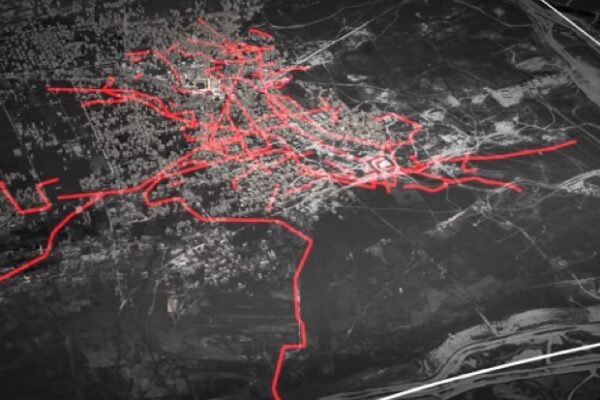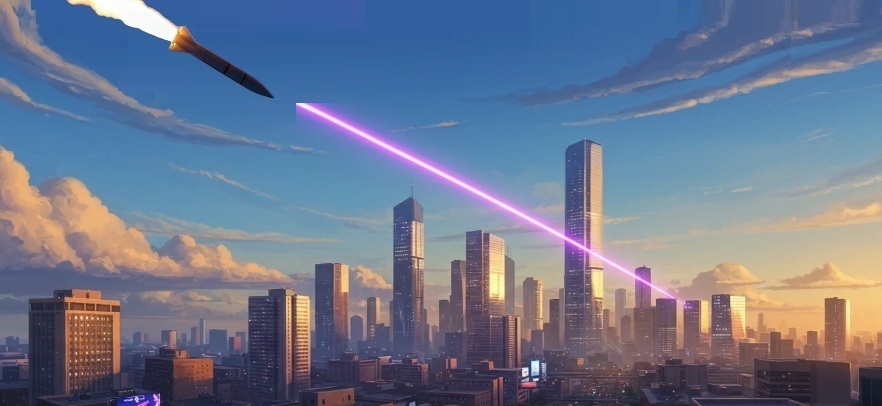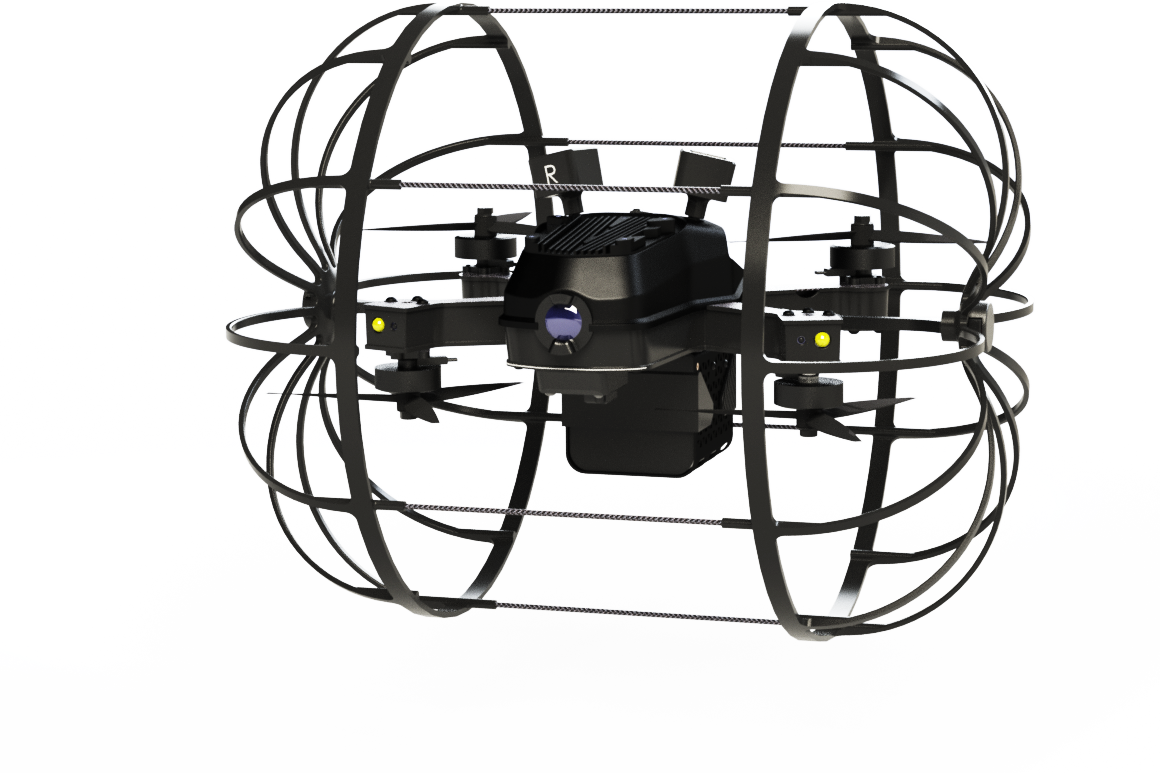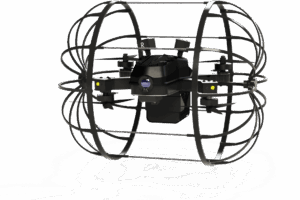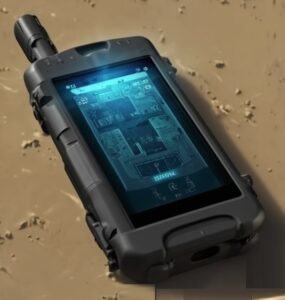It’s air‑independent propulsion system allows it to remain submerged for weeks, dramatically increasing stealth and survivability.
By Hezy Laing
Israel recently launched its newest submarine, the INS Drakon (“Dragon”), its most advanced ever – a Dolphin‑II class vessel built by ThyssenKrupp Marine Systems (TKMS) in Kiel, Germany and upgraded with cutting-edge Israeli technology.
The Drakon marks a decisive leap in naval technology and places the country among a select group of nations capable of ultra‑submerged operations.
Unlike traditional diesel‑electric submarines, which must surface every few days to recharge batteries, the Drakon is equipped with air‑independent propulsion.
This system allows it to remain submerged for weeks, dramatically increasing stealth and survivability.
Measuring seventy‑four meters in length and displacing 2,400 tons submerged, the Drakon can dive to depths beyond 350 meters and reach speeds exceeding twenty‑five knots.
Its enlarged sail structure is believed to house new missile systems, including long‑range cruise missiles such as the Popeye Turbo, which many analysts consider nuclear‑capable.
This gives Israel a credible second‑strike capability, reinforcing possible nuclear deterrence.
Israel now joins an exclusive club of nations with advanced AIP submarines.
Germany’s Type‑212, Sweden’s Gotland class, and Japan’s Sōryū class all share similar endurance and stealth, enabling weeks‑long submerged patrols that redefine modern undersea warfare.
The United States, United Kingdom, and Russia do not use AIP because they rely entirely on nuclear propulsion for their submarine fleets.
The INS Drakon was ordered in 2012 at a reported cost of €650 million and underwent years of development before its unveiling at TKMS shipyards in Kiel.
It represents the sixth submarine in Israel’s fleet.
The submarine is part of the navy’s Dolphin‑II class, which already includes INS Tanin and INS Rahav, and it will join the fleet alongside the older Dolphin‑I class boats INS Dolphin, INS Leviathan, and INS Tekumah.
Together, these vessels form the backbone of Israel’s undersea deterrent.
The Drakon is larger than its predecessors, measuring approximately seventy‑four meters in length, with a beam of 6.8 meters and a draught of 6.2 meters.
It displaces around 2,050 tons surfaced and 2,400 tons submerged, and is powered by a diesel‑electric propulsion system with air‑independent propulsion (AIP), allowing it to remain submerged for extended periods.
Its maximum speed exceeds twenty‑five knots, and it can dive to depths of at least 350 meters.
The submarine carries a crew of up to forty‑five personnel.
What makes the Drakon distinctive is its enlarged sail structure, believed to house new missile systems.
Reports suggest it is equipped with six 533 mm torpedo tubes and four larger 650 mm tubes, potentially designed for Israeli‑developed long‑range cruise missiles such as the Popeye Turbo, which is widely believed to be nuclear‑capable.
The Drakon’s commissioning in 2025 marks a significant expansion of Israel’s naval power.
It fits into the existing fleet as the most advanced submarine yet, complementing the Dolphin‑I and Dolphin‑II classes while paving the way for the future Dakar‑class submarines currently under construction.
With advanced sensors, including the Atlas Elektronik ISUS 90‑1 Tactical Control System, and integration of modern missile technology, the INS Drakon enhances Israel’s ability to project power in the Mediterranean and beyond, ensuring survivability and deterrence in an increasingly volatile region.


